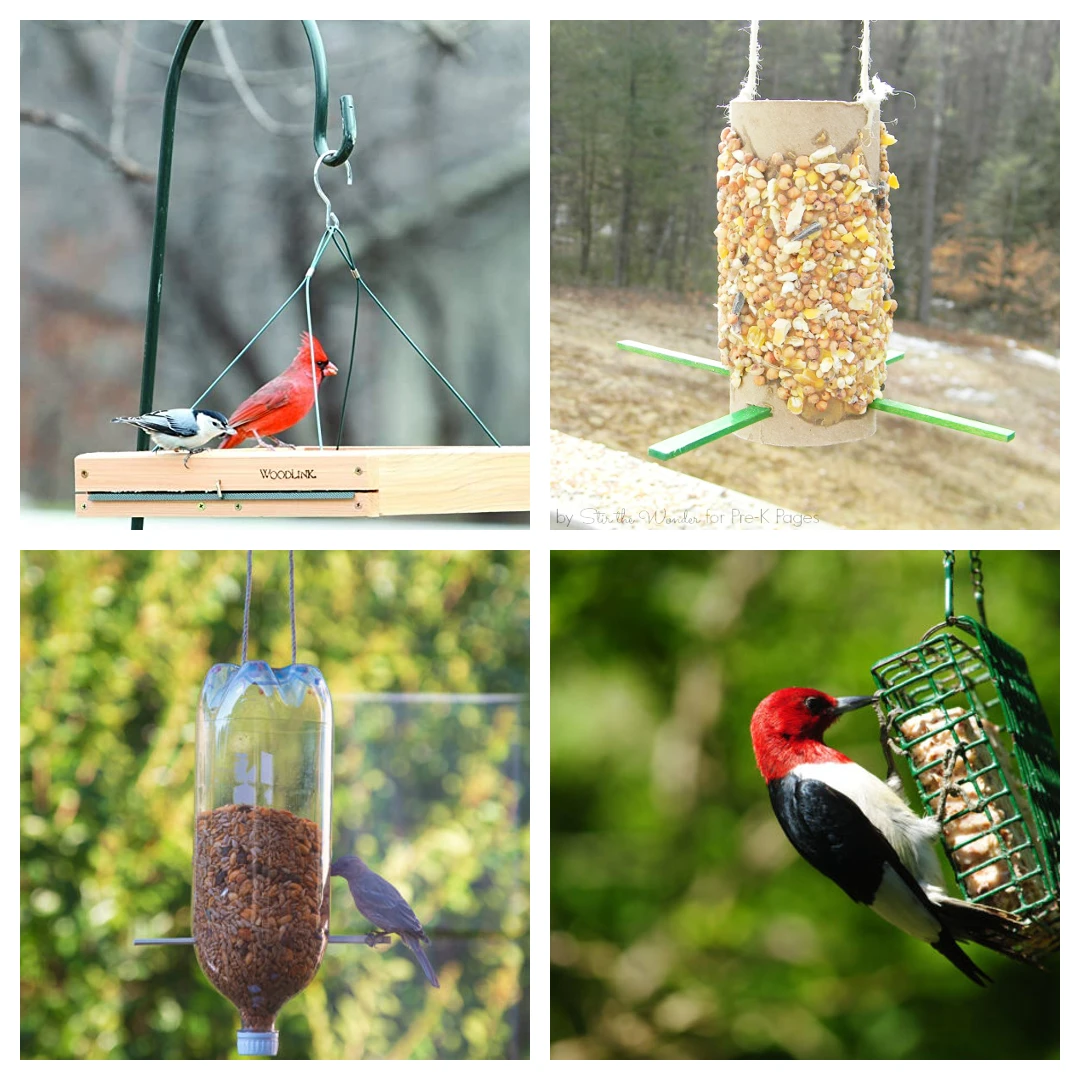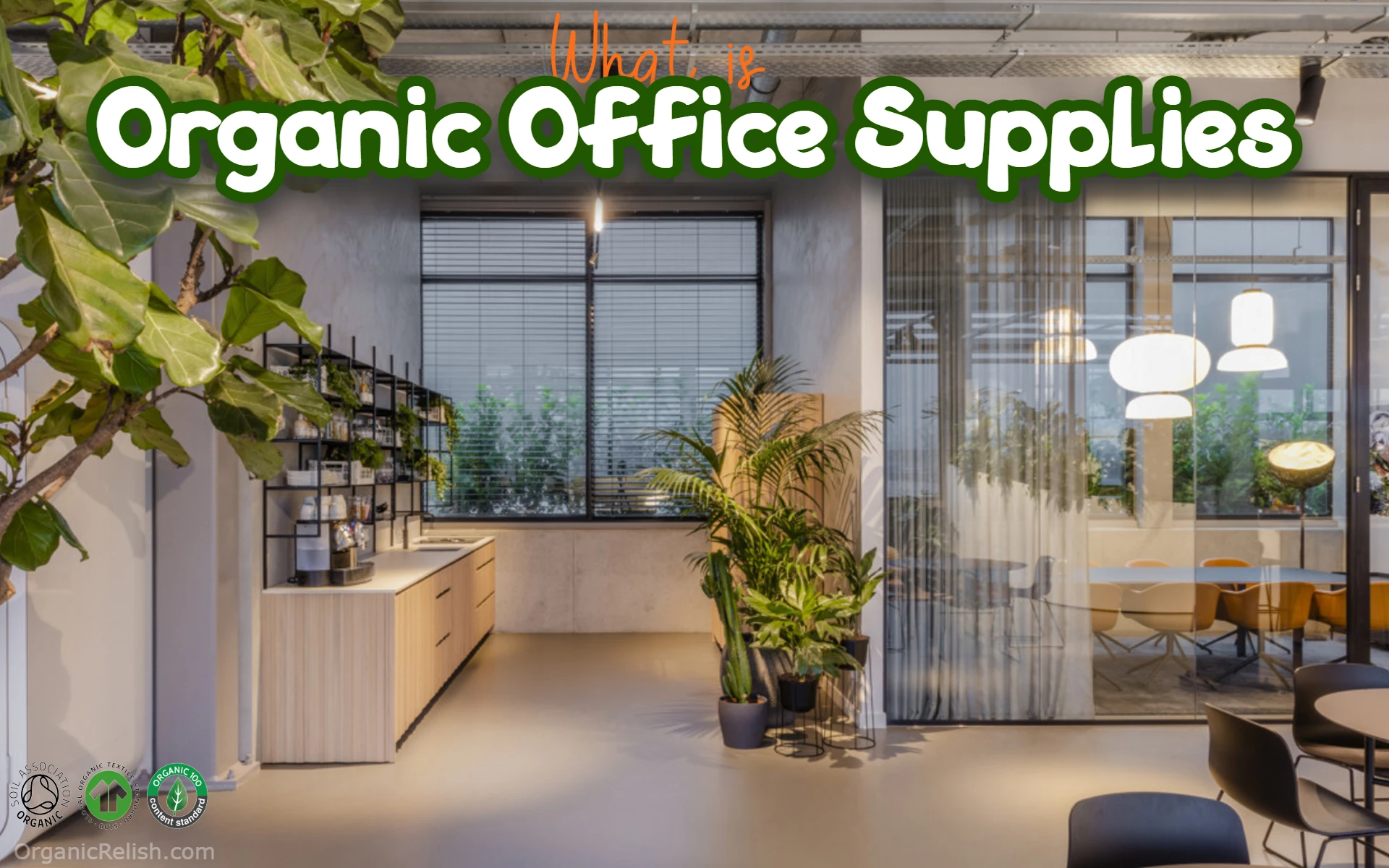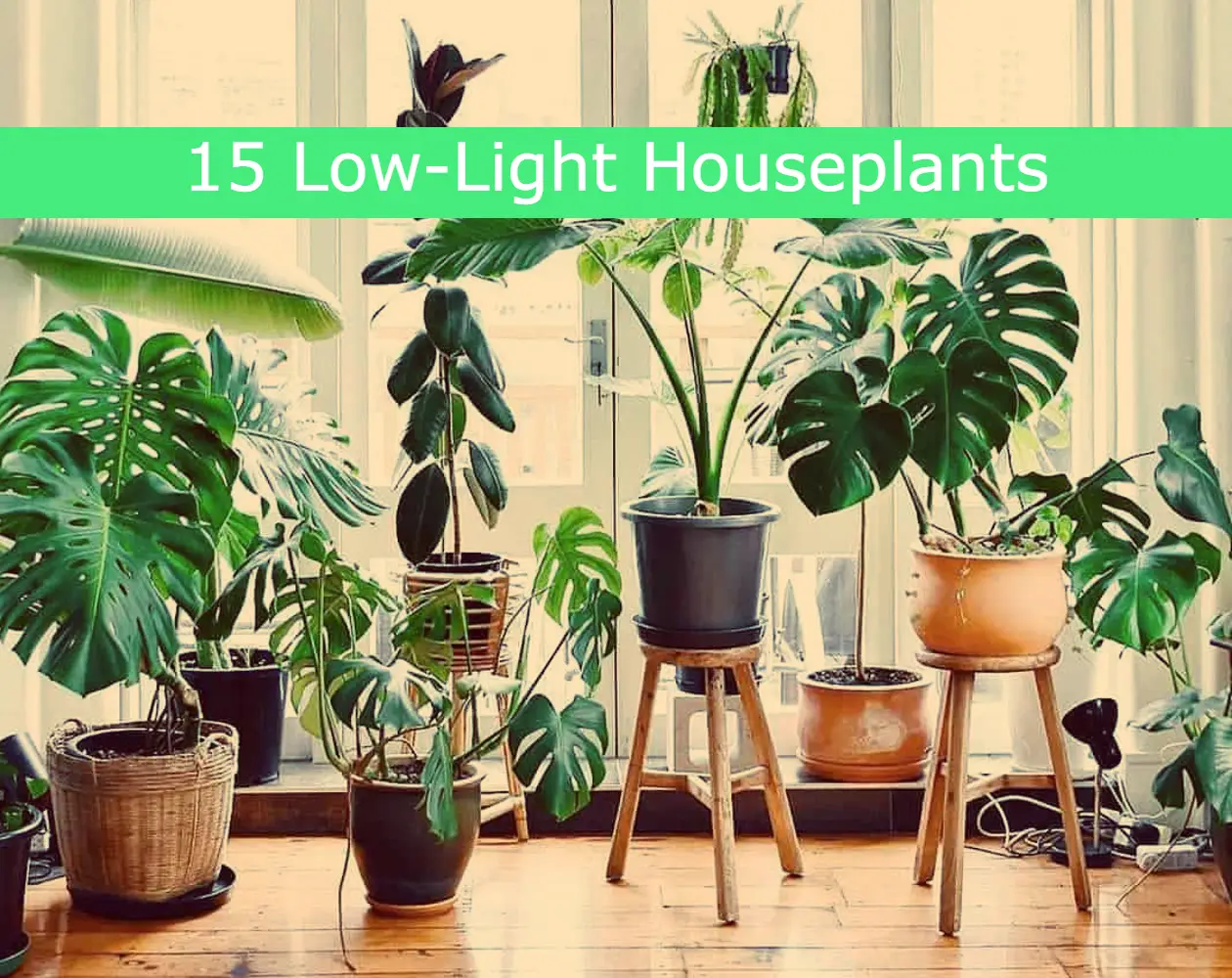Best Tips
-

How to make your own bird feeder
Welcome, bird lovers! If you're looking for a fun and easy way to attract more feathered friends to your backyard, you've come to the right place. In this guide, we'll show you how to make your very own bird feeder with just a few simple supplies and some basic tools. With a homemade bird feeder, you'll be able to watch a variety of beautiful birds up close and personal, and help keep them well-fed throughout the year. Plus, it's a great way to spend some quality time with your kids, grandkids, or friends, as you create a beautiful outdoor oasis for your feathered neighbors. So, grab your materials, put on your DIY hat, and let's get started! Follow our step-by-step instructions, and before you know it, you'll have a bird feeder that will be the envy of all the birds in your neighborhood.
-

What is Organic Office Supplies?
Organic office supplies refer to eco-friendly products made from sustainable and biodegradable materials. These products are designed to reduce environmental impact and promote a healthy work environment. In this article, we will explore what organic office supplies are and why they are important.
-

15 Low-Light Houseplants That Thrive in Near Darkness
We already know that houseplants detoxify our air and make us happier. These plants thrive in low-light so now you can have some green in every corner of your home. 1. Chinese evergreen VIA AMAZON.COM Also known as Aglaonema, this common low-light houseplant comes in 22 different varieties and is known for bringing good luck. It requires moist soil but not much else though you will need to avoid cold temperatures and excessive sunlight. According to House Plants Expert, these ornamental, low-light houseplants have been grown in Asia for centuries. But wear gloves if you have sensitive skin as the plant’s juice can cause irritation. Silver Queen is one of the most common types of Chinese Evergreen and is known for the striking pattern of its leaves. 2 . Snake plant VIA AMAZON.COM Almost impossible to kill, Sansevieria, also known as mother-in-law’s tongue, is native to tropical West Africa. This low-light houseplant is easily recognized by its long leaves with yellow or silvery-white stripes. According to Green and Vibrant, because of its strong plant fibres, it was once used to make bowstrings. It’s also known for its filtration qualities and converts harmful substances into harmless ones. It does well with …
-

How to Protect Your Food from Freezer Burn
The idea behind freezing food is saving time and saving money. Time, because you’ll have ingredients (or fully cooked meals) on hand for when you need them. Money, because you get a better deal by buying in bulk. Believe me, cooking one of our freezer meal recipes is always a smart choice. How frustrating, then, to open your freezer to find your conveniently stored meal dried out, ice-encrusted and far from appetizing. You’ve been hit by the dreaded freezer burn. What Is Freezer Burn? We associate freezer burn with the layer of ice on the surface of the food, but the ice is only a symptom of the problem. The ice crystals come from the food itself; if there’s warmer air next to the food, moisture escapes and then freezes at the surface. Unfortunately, this also dries out the food itself. Though food with freezer burn may be safe to eat, your frozen chicken dinner may not turn out too tasty. 9 ways to stop Protect Your Food from Freezer Burn The key to preventing freezer burn is to prevent the moisture from escaping in the first place. For this to happen, you’ll want to keep two things in mind: …